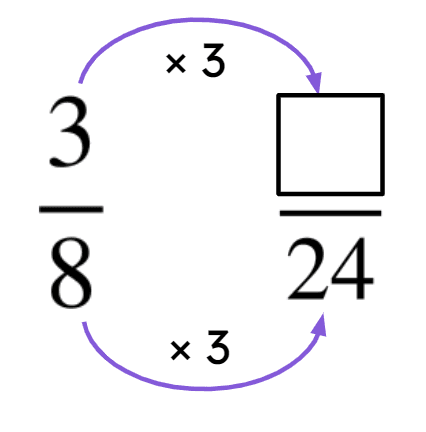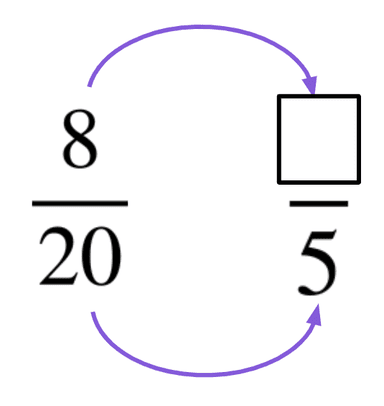Myths about teaching can hold you back
Learn why
New
New
Lesson 9 of 10
- Year 6
Explain with and without images how to add and subtract related non-unit fractions bridging a whole
I can explain with and without an image how to add and subtract related non-unit fractions that bridge a whole.
Lesson 9 of 10
New
New
- Year 6
Explain with and without images how to add and subtract related non-unit fractions bridging a whole
I can explain with and without an image how to add and subtract related non-unit fractions that bridge a whole.
These resources were made for remote use during the pandemic, not classroom teaching.
Switch to our new teaching resources now - designed by teachers and leading subject experts, and tested in classrooms.
Lesson details
Assessment exit quiz
Download quiz pdf






